Comments / Questions (15)
![]() Caroline Rabenius wrote:
Caroline Rabenius wrote:
Hur virkas ärmen? Hur kan jag avsluta med en smygmaska i nästa båge, för att sedan börja nästa varv med tre luftmaskor och sedan göra en smygmaska i nästa luftmaskbåge? Jag kan ju inte virka baklänges. Vad menas?
16.07.2024 - 23:34DROPS Design answered:
Hej Caroline, du virkar arbejdet frem og tilbage, se VIRKTIPS i starten af mønsteret :)
31.07.2024 - 11:52
![]() Anna Kučerová wrote:
Anna Kučerová wrote:
Dobrý den, v návodu je uvedeno, že ve 4.řadě se má přidat 20 oček. Je to ale 4. řada DS, které se hackuji do okynek ze třetí řady ( do každého okénka 2 DS). Znamena to, že někde v okénku budou DS 3? Děkuji
16.06.2024 - 23:55DROPS Design answered:
Dobrý den, Aničko, ano, je to přesně tak - v některých místech budou 3 DS. Hodně zdaru! Hana
17.06.2024 - 06:25
![]() Justyna wrote:
Justyna wrote:
Dlaczego przy karczku, w rozmiarze M, pierwszy rząd słupków nie odpowiada ilości oczek łańcuszka? Po sumie oczek nad którymi mamy dodawać pierwsze oczka na reglan brakuje mi 8 oczek pierwszego rzędu. Zaczynamy od 177 oczek , a w następnym akapicie po sumie wychodzi 169.
20.05.2024 - 23:21DROPS Design answered:
Witaj Justyno, suma oczek w pierwszym rzędzie (czyli słupków) będzie inna niż liczba oczek łańcuszka, ponieważ już wtedy dodajemy oczka na reglany (schemat A.2 x 4). Pozdrawiamy!
22.05.2024 - 09:04
![]() Jazmin Muñoz wrote:
Jazmin Muñoz wrote:
Beatifull
23.05.2023 - 15:00
![]() Daniela wrote:
Daniela wrote:
Buonasera, non riesco a capire bene le istruzioni per dividere il corpo e le maniche: le 8 catenelle sotto la manica devono essere "attaccate" nella catenella che c'è nella maglia centrale dell'ultima riga di A3, in modo che venga "spigolo con spigolo"? Grazie
22.05.2023 - 21:12DROPS Design answered:
Buonasera Daniela, le 8 catenelle rappresentano la parte sotto lo scalfo, saltando le catenelle delle maniche. Buon lavoro!
22.05.2023 - 21:54
![]() Annica Larsson wrote:
Annica Larsson wrote:
Vad betyder ”Virka 1 framkant …”? Är det fast maska/stolpe/ något annat? Kommer inte vidare😬
30.11.2022 - 20:49DROPS Design answered:
Hej Annica, det skal stå 1 stolpe og det er rettet - tak for info :)
01.12.2022 - 13:58
![]() Monika wrote:
Monika wrote:
Wzór świetny i bardzo twarzowy. Dobrze opisany i łatwy. Jedyną uwagę mam do fasonu rękawów. wg mnie w drugim rzędzie rękawa dodawane jest za duzo oczek i z tego powodu rękaw nieładnie się fałduje. Dodałam tylko 4 oczka zamiast 20 (w dwóch pierwszych i w dwóch ostatnich słupkach) i rękaw teraz ładnie i gładko leży a wciąż jest wystarczająco szeroki. Dekolt mógłby byc nieco mniejszy ale zrobiłam szersze wykończenie (2 rzędy słupków) i teraz jest idealny
25.07.2022 - 09:02DROPS Design answered:
Witaj Moniko, miło nam jest to słyszeć. Dziękujemy za zainteresowanie naszymi wzorami. Koniecznie udostępnij link do Twojego sweterka w naszej galerii TUTAJ. Pozdrawiamy!
25.07.2022 - 17:09
![]() Aleksandra wrote:
Aleksandra wrote:
Witam, ile oczek należy dodać w schemacie A3? Że schematu wynika, że 16, ale w opisie wychodzi, że po przerobieniu schematu A1 i A3 będzie 330 oczek, czyli o 4 oczka więcej niż wynikałoby z obliczeń dla rozmiaru m. Czy zatem gdzieś w okrążeniach trzeba dodać 4 oczka?
12.06.2022 - 11:55DROPS Design answered:
Witaj Olu, przed rozpoczęciem schematu A.3, który przerabiasz na 6 oczkach schematu A.2, 10 oczek z każdej strony schematu A.2 wchodzi teraz do przodu tyłu i rękawów i są one przerabiane wg schematu A.1. Schemat A.3 kończy się 23 oczkami. Łącznie po zakończeniu schematu A.3 powinno być 330 oczek. Pozdrawiamy!
13.06.2022 - 19:00
![]() Annie wrote:
Annie wrote:
Magnifique
22.02.2022 - 09:04
![]() Carol wrote:
Carol wrote:
Flirty frills
19.01.2022 - 06:09
Summer Date |
||||||||||||||||||||||
 |
 |
|||||||||||||||||||||
Crocheted jumper with short sleeves in DROPS Safran. Piece is worked top down with raglan and flounces. Size: S - XXXL
DROPS 231-44 |
||||||||||||||||||||||
|
---------------------------------------------------------- EXPLANATION FOR THE PATTERN: ---------------------------------------------------------- PATTERN: See diagrams A.1 to A.4. Choose diagram for your size. CROCHET TIP: Work first round from right side. Turn piece and work next round from wrong side of piece. Turn piece and work next round from right side of piece. Work back and forth like this, alternately one round from right side and one round from wrong side. CROCHET INFORMATION: On every round with treble crochets replace first treble crochet with 3 chain stitches. Finish round with 1 slip stitch in 3rd chain stitch at beginning of round. On every row/round with double crochet replace first double crochet with 1 chain stitch. Work last double crochet on row in first chain stitch from previous row. Finish round with 1 slip stitch in first chain stitch. CHAIN STITCHES: If you work at the end of crochet hook the chain stitch will often be too tight. 1 chain stitch should be just as long as 1 treble crochet is wide. INCREASE TIP-1 (evenly spaced): Increase 1 treble crochet by working 2 treble crochets in same treble crochet. INCREASE TIP-2 (applies to sides of body): Work until 2 treble crochets remain before marker, work 2 treble crochets in next stitch, 1 treble crochet in each of the next 2 stitches, work 2 treble crochets in next stitch. ---------------------------------------------------------- START THE PIECE HERE: ---------------------------------------------------------- JUMPER - SHORT OVERVIEW OF THE PIECE: Work yoke in the round but turn for every round to work from both right side and wrong side, top down. Now divide yoke for body and sleeves. Continue body in the round, from right side and wrong side. Work sleeves back and forth and sew them together when finished. YOKE: Work 152-164-176-176-188-200 CHAIN STITCHES - read explanation above, on hook size 3.5 mm with DROPS Safran - read CROCHET INFORMATION and CROCHET TIP. Now work pattern and increase for raglan as follows: Work A.1 over 18-20-20-20-20-22 stitches (half back piece), A.2, A.1 over 36-40-44-44-48-52 stitches (sleeve), A.2, A.1 over 36-38-40-40-42-44 stitches (front piece), A.2, A.1 over 36-40-44-44-48-52 stitches (sleeve), A.2, A.1 over 18-18-20-20-22-22 stitches (half back piece). Continue pattern like this. REMEMBER THE CROCHET TENSION! On 4th row in A.1 and A.2 increase as follows: Work over stitches from half back piece and increase 0-0-6-0-6-12 stitches evenly – read INCREASE TIP-1, A.2 as before, work over sleeve and next A.2 as before, work front piece and increase 0-2-10-0-12-22 stitches evenly, work A.2 as before, work over sleeve and next A.2 work the last stitches on back piece and increase 0-0-4-0-6-12 stitches evenly. Work the increased stitches in A.1. When entire A.2 has been worked, there are 248-262-292-288-324-358 stitches on last round. Work A.3 over the middle stitches of A.2, work the remaining stitches in A.1. When entire A.1 has been worked there are 316-330-360-388-424-458 stitches on last row. Piece measures approx. 9-9-9-10-10-10 cm. Now divide piece for body and sleeves as follows: Work 1 treble crochet in each of the first 41-43-49-52-58-66 stitches, skip the next 76-80-84-90-94-98 stitches for sleeve, work 8 chain stitches under sleeve, 1 treble crochet in each of the next 82-86-96-104-118-130 stitches, skip the next 76-80-84-90-94-98 stitches for sleeve, work 8 chain stitches under sleeve, work 1 treble crochet in each of the last 41-41-47-52-60-66 stitches. BODY: = 180-186-208-224-252-278 stitches. Work 1 treble crochet in every treble crochet and 1 treble crochet in chain stitch under sleeve. Insert 1 marker in the middle of the 8 new stitches under the sleeve. When body measures 12-13-14-15-16-17 cm from where piece was divided, increase 1 treble crochet on each side of every marker – read INCREASE TIP-2! Increase like this every 5-2-2-2-2-2 cm 3-6-6-6-6-6 times in total = 192-210-232-248-276-302 stitches. When body measures approx. 27-28-29-28-29-30 cm, work A.1 over all stitches. Fasten off when A.1 has been worked 1 time vertically. FLOUNCE YOKE: Work a flounce in first row with lace pattern on yoke, begin from right side as follows: Work 1 slip stitch around the first treble crochet mid back seen from right side, 1 chain stitch (replaces first double crochet), * work 3 chain stitches, 1 double crochet around next treble crochet *, work from *-* around the entire yoke and finish with 1 slip stitch in first chain stitch. Work A.4 around every chain space, back and forth but work every row together. Fasten off when A.4 has been worked 1 time vertically. Work a flounce in second row with lace pattern on yoke the same time. FLOUNCE SLEEVE EDGE: Now work a flounce over stitches skipped for sleeve, begin from right side, as follows: Work 1 double crochet in first skipped over sleeve, * 3 chain stitches, skip 1 stitch, work 1 double crochet in next stitch *, work from *-* over all stitches skipped for sleeve and finish with 1 double crochet in first stitch worked under sleeve = 38-40-42-45-47-49 chain spaces. Work A.4 back and forth around every chain space. Fasten off when A.4 has been worked 1 time vertically. Work a flounce along the other sleeve edge the same way. SLEEVES: Begin by working an edge around the sleeve opening as follows: Fold the flounce back so that you can crochet on the wrong side of the first row of flounce edge and work around the first row on the flounce outermost on the sleeve-edge (i.e. row with 1 double crochet, 3 chain stitches). Fasten thread with 1 slip stitch in the 5th stitch mid under sleeve, work 1 chain stitch (replace first double crochet), * 1 chain stitch, skip 1 stitch, 1 double crochet in next stitch *, work from *-* over the next 4 stitches under sleeve, work * 1 chain stitch, 1 double crochet around next chain stitch *, work from *-* over 1 row of the flounce edge work 1 chain stitch, skip 1 stitch, 1 double crochet in next stitch, 1 chain stitch, skip 1 stitch and finish round with 1 slip stitch in first chain stitch on round = 42-44-46-49-51-53 chain spaces. Cut the yarn. Work as follows from right side: Begin in the 6th chain stitch down from shoulder seen from right side (i.e. fold piece at the shoulder and count 6 chain spaces down from the top). Work 1 double crochet around chain stitch, work 2 treble crochets around next chain stitch (i.e. up towards shoulder), work 2 treble crochets around each of the next 9 chain stitches, and finish with 1 slip stitch around next chain stitch = 20 treble crochets. Turn and work as follows from wrong side: Work 3 chain stitch, 1 slip stitch around next chain stitch, 2 treble crochets in every treble crochet and finish with 1 slip stitch around next chain stitch in the other side of piece = 40 treble crochets. Turn. Work 3 chain stitches, 1 slip stitch around next chain stitch, 2 treble crochets in first treble crochet, 1 treble crochet in every treble crochet until 1 treble crochet remains, 2 treble crochets in next treble crochet and finish with 1 slip stitch around next chain stitch = 42 treble crochets. Continue like this and increase 1 treble crochet in each side on every row 10-10-12-12-14-14 times in total = 60-60-64-64-68-68 stitches. There is a total of 8-10-8-11-9-11 chain spaces left. SIZE S-M-L: On next row work 1 treble crochet in every treble crochet and alternately 1 treble crochet and 2 treble crochets around each of the last chain stitches down to the middle stitch under sleeve. Turn and work 1 treble crochet in every treble crochet and alternately 1 treble crochet and 2 treble crochets around the remaining chain stitches in the other side of piece = 72-75-76 treble crochets. SIZE L/XL - XL-XXL-XXXL: On next row work 1 treble crochet in every treble crochet and 2 treble crochets around each of the last chain stitches down to the middle stitch under sleeve. Turn and work 1 treble crochet in every treble crochet and 2 treble crochets around the remaining chain stitches in the other side of piece = 86-86-90 treble crochets. ALL SIZES: On next row adjust number of stitches to 66-72-80-86-92-98 treble crochets. Work back and forth with 1 treble crochet in every treble crochet until piece measures 16-17-15-15-15-15 cm on the shortest. Work 2 rows with double crochets. Cut and fasten the yarn. Work the other sleeve the same way. NECK EDGE: Work an edge and begin mid back from right side as follows: Work 1 double crochet in every stitch around the neck. Cut and fasten the yarn. ASSEMBLY: Sew sleeve seams. |
||||||||||||||||||||||
Diagram explanations |
||||||||||||||||||||||
|
||||||||||||||||||||||

|
||||||||||||||||||||||

|
||||||||||||||||||||||

|
||||||||||||||||||||||

|
||||||||||||||||||||||
|
Have you made this or any other of our designs? Tag your pictures in social media with #dropsdesign so we can see them! Do you need help with this pattern?You'll find 10 tutorial videos, a Comments/Questions area and more by visiting the pattern on garnstudio.com. © 1982-2025 DROPS Design A/S. We reserve all rights. This document, including all its sub-sections, has copyrights. Read more about what you can do with our patterns at the bottom of each pattern on our site. Have you finished this pattern? |
||||||||||||||||||||||













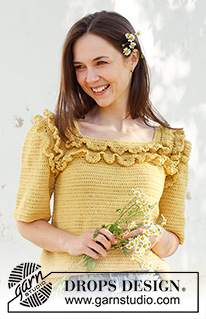








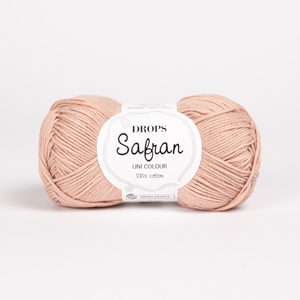






















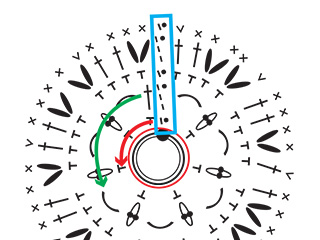



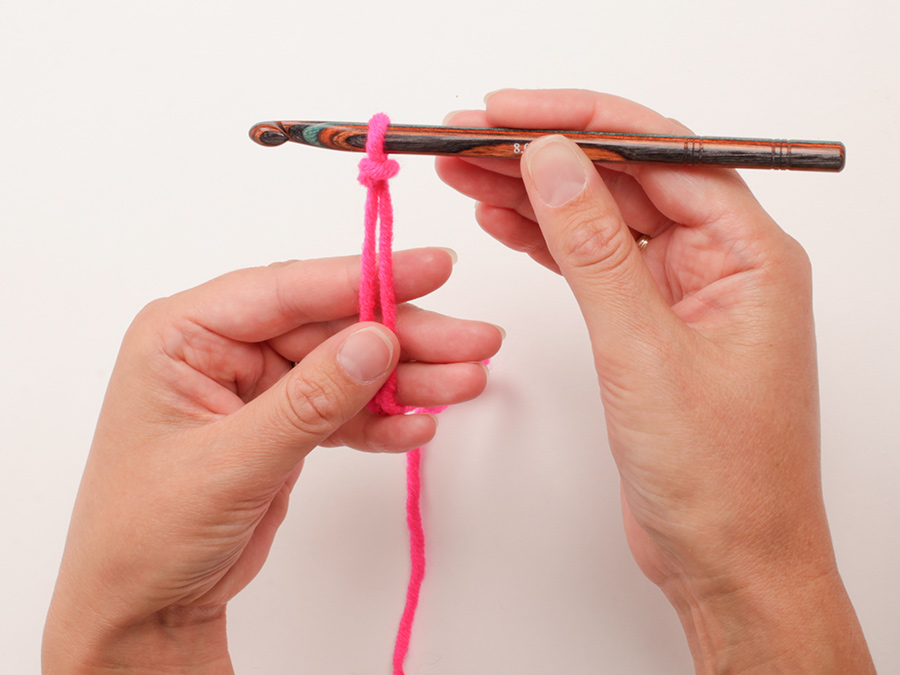
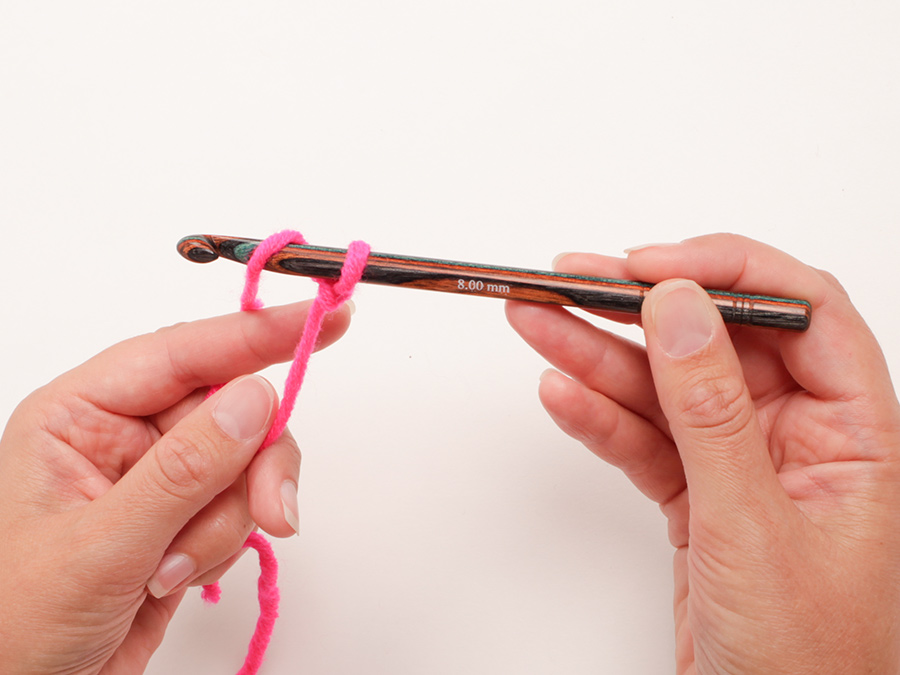
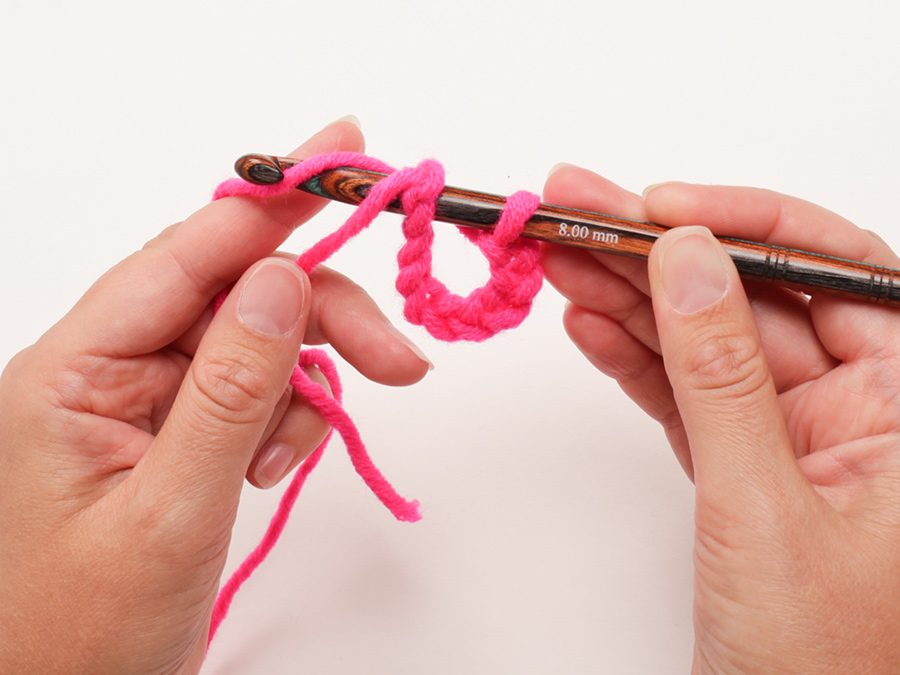
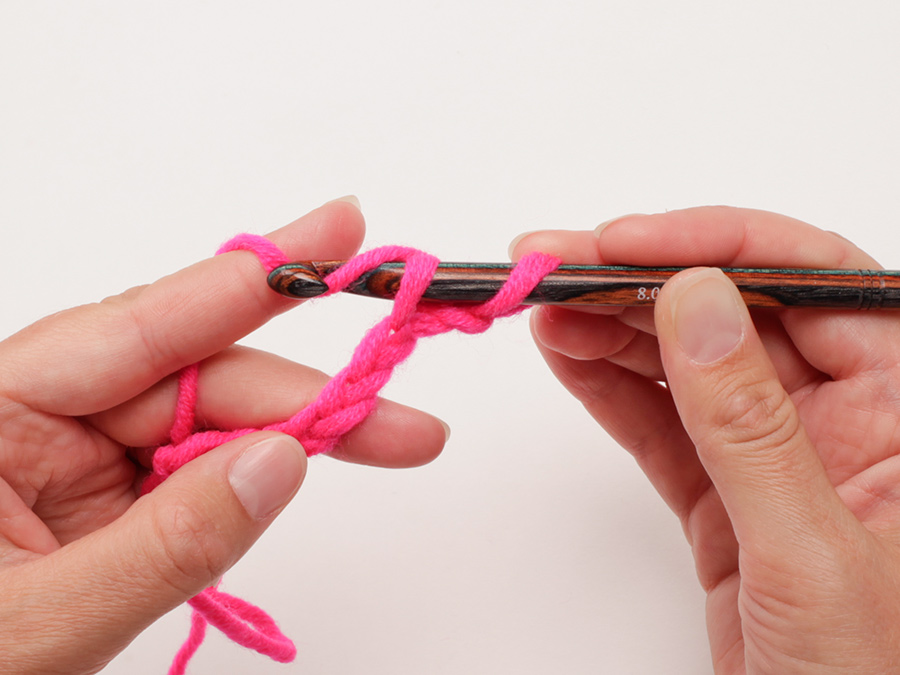
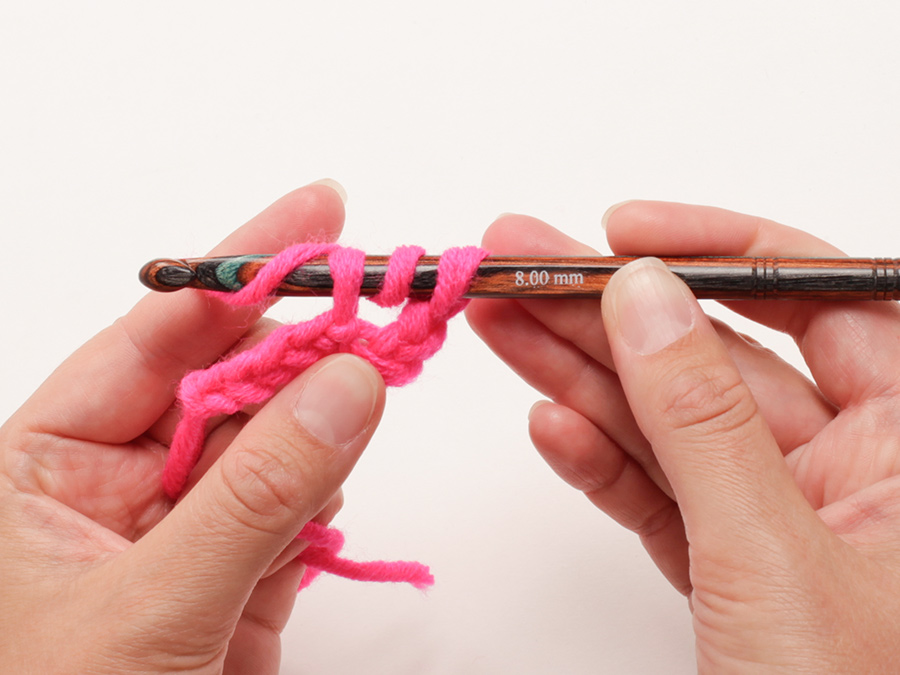






Post a comment to pattern DROPS 231-44
We would love to hear what you have to say about this pattern!
If you want to leave a question, please make sure you select the correct category in the form below, to speed up the answering process. Required fields are marked *.